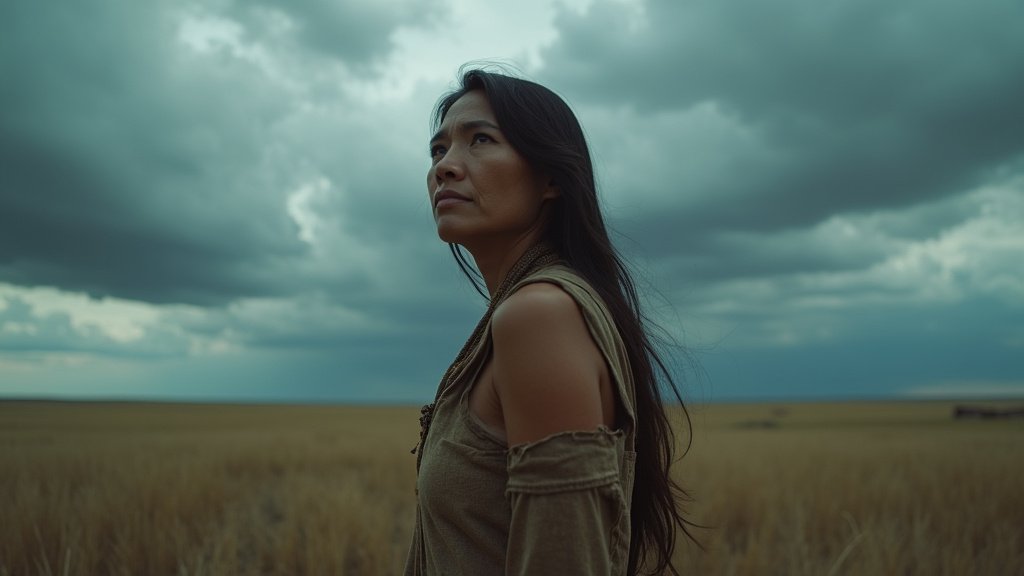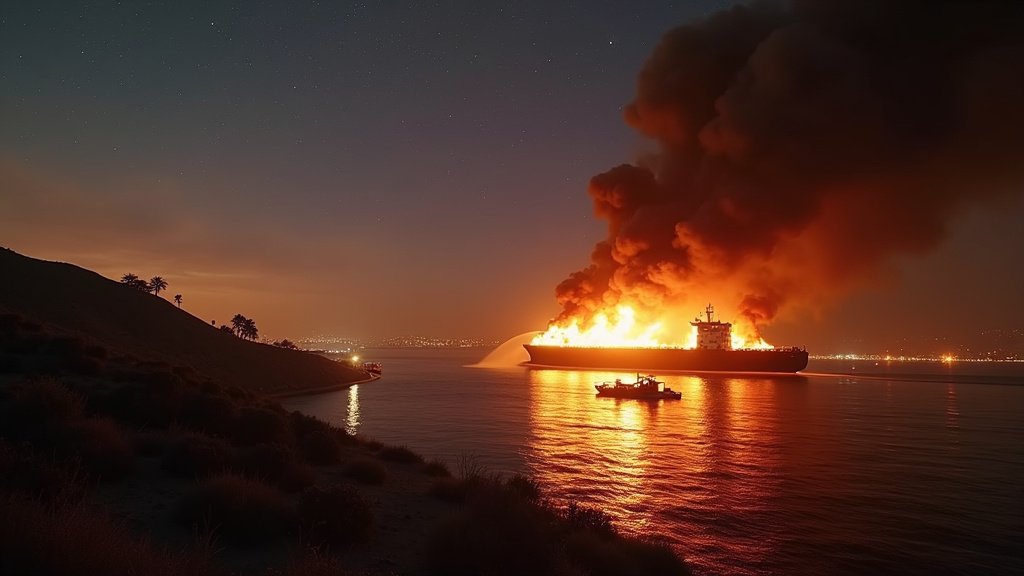A stark contrast exists between national attention, as seen in the Jeffrey Epstein scandal where victims finally received a spotlight, and the pervasive silence surrounding the crisis of Missing Indigenous Women. While some cases capture headlines, this intense focus is rare, and it rarely shines on other vulnerable groups, especially concerning the ongoing MMIP crisis and the severe implications for Native American women. Thousands of Indigenous women and girls vanish annually, and their stories often go unheard, representing a critical crisis of Missing Indigenous Women that demands urgent attention and action.
Understanding the Crisis of Missing Indigenous Women and Girls
Native American women face extreme danger, being more likely to experience violence than other demographics, with over 84% suffering violence, including sexual assault and physical abuse, in their lifetime. Statistics paint a grim picture for Missing Indigenous Women: nearly 5,700 Native women and girls were reported missing in 2016, and this number remained alarmingly high, with over 5,400 cases reported in 2022. Murder rates on reservations are ten times the national average, yet these facts about Missing Indigenous Women often escape mainstream news cycles, contributing to the wider Violence against Indigenous women crisis and the broader MMIP crisis.
Factors Contributing to Violence Against Indigenous Women and Missing Indigenous Women Cases
Several factors contribute to this crisis of Missing Indigenous Women. Jurisdictional issues create significant barriers, as tribes often lack authority over non-Native perpetrators. This stems from historical laws like Public Law 280, which shifted jurisdiction to states, creating a confusing legal patchwork that leaves many cases of Missing Indigenous Women unaddressed and impacts Indigenous women safety. The legacy of colonialism also plays a role, creating deep systemic failures that undermine justice and leave Indigenous communities vulnerable to the ongoing crisis of Violence against Indigenous women and contribute to Indigenous women safety concerns.
The Emmilee Risling Case: A Microcosm of the Struggle for Missing Indigenous Women
The case of Emmilee Risling exemplifies the struggle for justice for Missing Indigenous Women. She vanished on October 14, 2019, near the Yurok Reservation, and her disappearance highlighted local frustration and drew attention to data collection issues. Her sister noted the disparity, comparing it to the Gabby Petito case, which dominated headlines while Risling’s case received far less coverage. This lack of attention for Missing Indigenous Women is a common theme, leaving families feeling helpless as they seek answers and justice for their loved ones who are part of the MMIP crisis, underscoring the need for Justice for Indigenous victims.
The Role of Media Coverage Disparity in the MMIP Crisis for Missing Indigenous Women
Media coverage often plays a role in the crisis of Missing Indigenous Women. Cases involving Indigenous women receive less attention compared to white victims, with many news outlets focusing on high-profile cases and often failing to cover the MMIP crisis. This Media coverage disparity limits public awareness and reduces pressure for action. News from places like Los Angeles may highlight certain stories, but the broader national news can be selective, allowing the silent epidemic of Missing Indigenous Women to persist while the spotlight on one tragedy overshadows another, impacting Native American women specifically and exacerbating the overall MMIP crisis.
Urgent Call to Action for Missing Indigenous Women
This crisis requires a shift; attention must extend beyond sensational cases to include the plight of Missing Indigenous Women. Indigenous women and girls are not disposable; their lives hold immense value, and they deserve safety and justice. They deserve the same spotlight. This means improved data collection, stronger federal and state responses, addressing jurisdictional issues, and continued advocacy for Missing Native women. Every missing person deserves to be found, and every victim deserves Justice for Indigenous victims. The time for their stories to be told is now, and the news media must reflect this urgent reality surrounding Missing Indigenous Women and the MMIP crisis.





